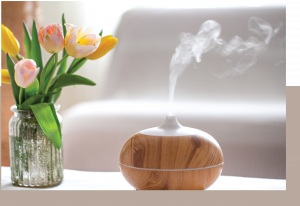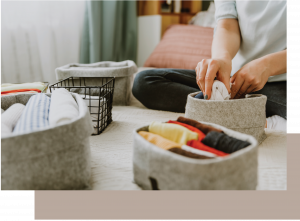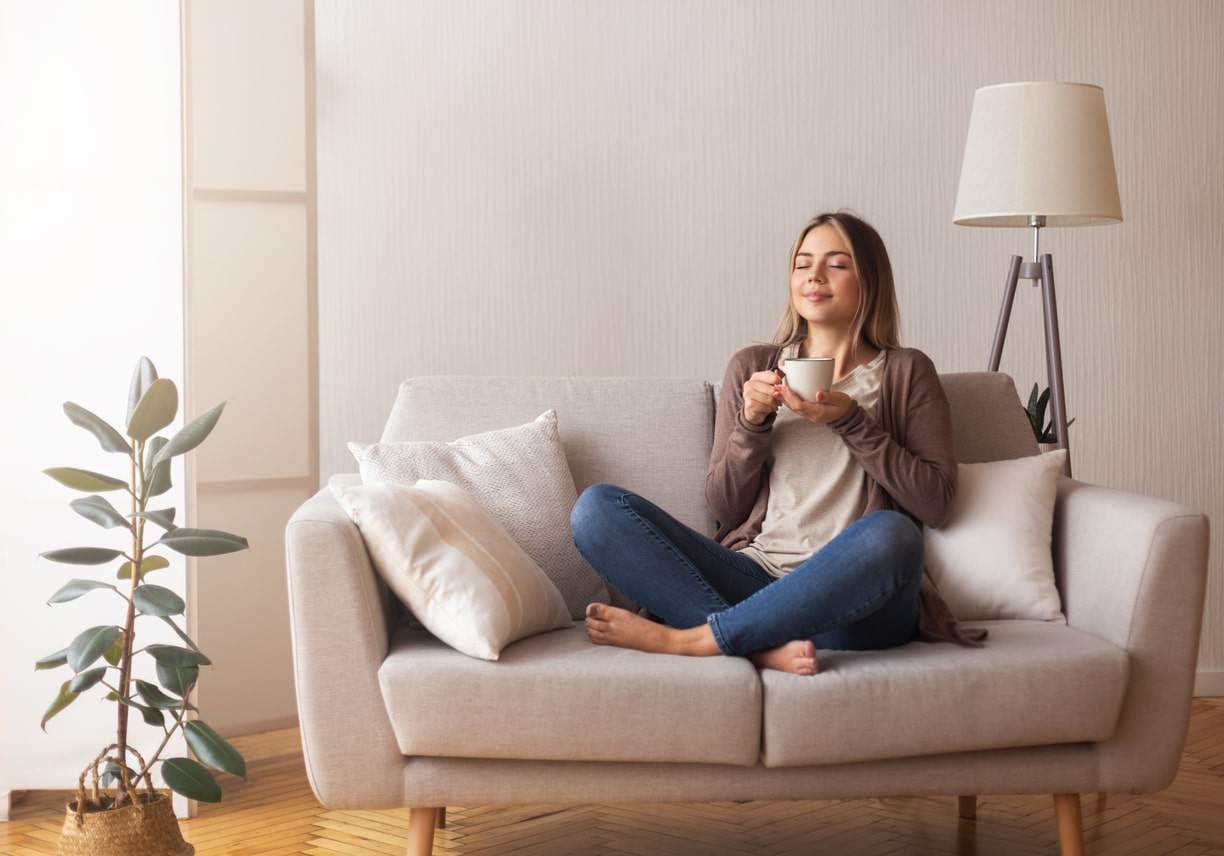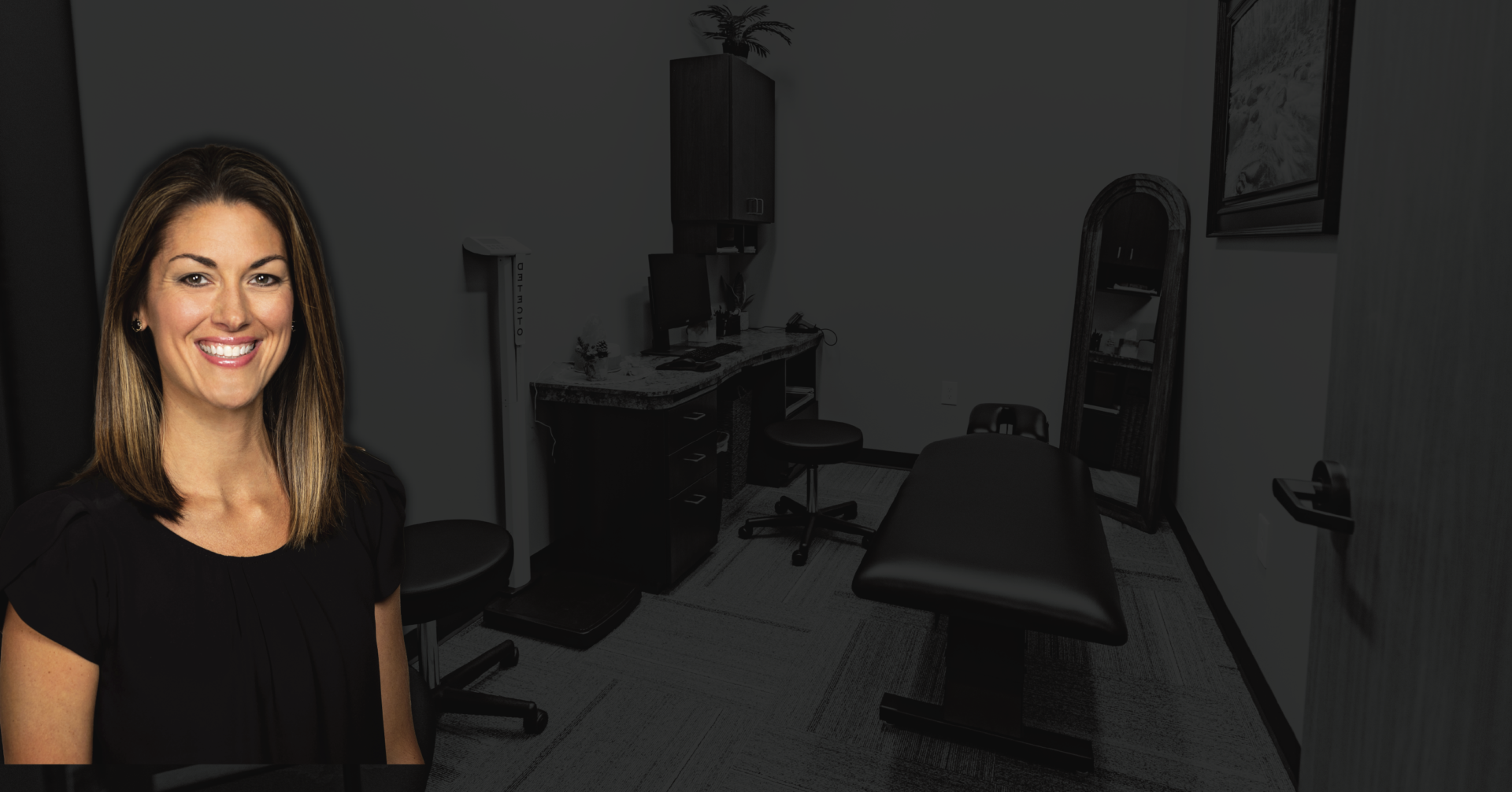With all the chaos, stress, and overstimulation we face every day in our modern working lives, it’s important to create a stress-free environment to come home to. Your home should be an escape from all the stress of the day, not a continuation of it.
But what contributes to stress in your home? Major things like excessive clutter, overstimulating colors, and constant access to our electronic devices are all culprits that can all add to a subconsciously stressful environment. There are some subtle changes you can enact to make your house feel more like a home the way it should be – a safe place to retreat away from the stress, get the rest you need, and refresh yourself for the next day. An oasis.
So what can you do to make your home a place that comforts you the moment you step through the door? Here are 10 of our favorite tips to help you create a stress-free home environment.
- DECLUTTER!
- Have a morning and evening routine
- Create a room or space dedicated to relaxing
- Create a stress-free home environment with aromatherapy
- Have soft, soothing music playing, or much-deserved silence
- Use neutral, soft colors
- Create a stress-free home environment by adding greenery
- Consider lighting
- Use strategically positioned mirrors
- Unplug electronics (and yourself!)
1. DECLUTTER!
One of the most critical ways to begin to create a stress-free home environment is to declutter. This cannot be emphasized enough, hence the giant lettering, emphatic punctuation, and position in this list!
Declutter. Your. Home.
Some people believe that clutter absorbs positive energy, leaving none to radiate throughout your home. Or it at least impedes the flow of good energy. Whether you believe that or not other studies do confirm that the presence of clutter within an environment elevates stress levels. Essentially, the clutter is too distracting for your mind to fully rest, siphoning off creativity and the ability to focus properly.
Alternatively, some people claim that they thrive creatively in a cluttered environment. There are little to no supporting studies to this claim. Likely, a cluttered environment is what these individuals have been most used to, and they feel more comfortable in them at the time.
It can be hard to get rid of things that you have just…to have. But try to go through your home and keep only the possessions and clothing that truly spark happiness and peace as functional accessories to your life. The rest just takes up space in your home and your mind.
For an excellent approach to decluttering and tidying your home, check out the Mistress of Tidying herself, Marie Kondo. Her time-tested KonMari Method is well-explained in her book The Lifechanging Magic of Tidying Up and demonstrated on her highly-rated Netflix show Tidying Up with Marie Kondo.
2. Have a morning and evening routine
Now that you’ve decluttered your home, keep it that way! Having a morning and evening routine is an important way to keep and create a stress-free home environment daily.
Even something as simple as just emptying the sink, wiping down your kitchen surfaces, and making sure things are in their place before you sleep each night can make a big difference in relieving your mind as you get ready for bed. Indeed, countless studies show that having a specific routine that tells your mind it’s time for bed helps you fall and stay asleep better at night. Also, leaving your bedroom and bed designated only for sleep is another proven way to help wire your mind to know it’s time to go to sleep. And getting a good night’s sleep is inescapably linked to stress levels throughout the day, so do all you can to protect and enhance your rest!
Likewise, making your bed each morning is proven to be an energizing way to start the day. Beginning your day with even this small sense of accomplishment and preparedness provides momentum to accomplish more tasks throughout the day. It might even spark a brisk morning walk outside, which has numerous health benefits. Another stress-relieving part of a helpful morning routine is keeping a journal, specifically a gratitude journal, that you write in at the start of each day. This is a great way to mentally and emotionally center yourself and prepare for whatever the day might hold.
Another bonus is that if you routinely keep your home tidy, it makes it much easier to clean your home when it’s time! Also, the act of doing little chores daily is a great way to stay a little more active when inside your home than our normal sedentary modern lifestyle dictates.
3. Create a room or space dedicated to relaxing
This one might be hard if you have a big family or live with others. But if at all possible, one of the most significant ways to create a stress-free home environment for yourself is to convert at least one room in your home to a space dedicated to relaxing. This could be an office, a guest room, a den, or even a shed outside if needed.
However, if this just isn’t possible with the number of people in your household, at least carve out a space in a more secluded area for yourself that is your own to retire to when you need to. A comfy chair with a lamp and a soft blanket to curl up in to read a book and drink your tea for a bit each evening might be just the stress-free oasis you need.
 4. Create a stress-free home environment with aromatherapy
4. Create a stress-free home environment with aromatherapy
You might not realize it, but scent can be highly linked to our emotional response. And it’s proven that some scents are more soothing to our emotions than others and can create a sense of peace and calm. The best way to create a stress-free home environment with scents is to use an essential oil diffuser.
Calming essential oils such as lavender and frankincense can help calm you from the stresses of the day. Likewise, oils such as lemon and peppermint have an energizing effect to help give you an added brightness and boost to your mornings! Also, the diffuser has an added humidifying effect that cleanses and refreshes the air you breathe in your home.
5. Have soft, soothing music playing, or much-deserved silence
Whether you notice it or not, your mind is way more constantly being accosted by sounds than people were just a generation ago. This is especially true if you live in a city. Counteract this in your home and create a stress-free home environment by playing soft, soothing music or natural sounds (like the ocean or soft rainfall) in the background. This can create a peaceful atmosphere in your home contrasted to the harsh sounds you constantly hear during the day. Alternatively, maybe what your mind needs is simple peace and quiet to rest from the day.
Whatever makes you feel more at peace, follow it!
6. Use neutral, soft colors
Similar to the way our minds are blasted with noise throughout the day, they also receive overstimulation from the things we see: lights, bright colors, electronic screens, etc. Rarely do our eyes get a break from this heightened stimulation. Because of this, another way to create a stress-free home environment is to use neutral, soft colors on your walls, in your decorating, and for your furniture. Certain colors are proven to affect your mood in certain ways. Some are proven to over-stimulate, such as red and yellow. However, other colors such as softer blues and greens are proven to promote peace and creativity. Therefore, stick to a neutral color palette for your home. Choose colors such as light blues, greens, and greys, and soft whites.
7. Create a stress-free home environment by adding greenery
Studies have shown that just being outside and in nature can have amazing benefits to your mental, physical, and emotional health. Therefore, you can help create a stress-free home environment by bringing some of that nature inside! Plants are lovely to look at, a pleasure to keep up with, and help spark creativity. And like the essential oil diffuser, they also have a lively and clarifying effect on the air within your home.
8. Consider lighting
Lighting within your home has a major effect on how you feel. Especially when it comes to natural light. Therefore, in order to create a stress-free home environment, pay special attention to your lighting.
As we’ve already mentioned, being in nature has a significant positive effect on our mental and emotional state. And a large part of getting the most of those benefits is allowing as much natural light into your home as possible. If your place is small and just doesn’t have many windows, use a few tricks to help disperse what natural light you can get throughout the space.
Also, pay attention to the artificial lighting you use. During the day, if needed, you should use general lighting that mimics natural light. However, in the evening switch to lamps with softer lighting that help encourage the melatonin response in your body to prepare for sleep.
9. Use strategically positioned mirrors
One sneaky way to create a stress-free home environment is to use mirrors! Strategically positioned mirrors help to radiate whatever they reflect throughout your home and create a stress-relieving sense of openness and space. Maybe that might be extra natural light, the view outside from your windows, your sweet, lively plants, and positive energy overall. However, the point of being strategic is to not reflect anything negative, such as your trash can. Reflect and radiate the good things in your home!
10. Unplug electronics (and yourself!)
Unplug your electronics
Lastly, one of the most important ways to create a stress-free home environment is to unplug your unused electronics. Some electronics, even when not being used, still conduct electricity while “asleep.” This not only adds to your electric bill but to the harsh mechanical air that electronics give off in your home. If it’s not being used, unplug it.
Unplug yourself
And that brings us to our final point. These days, it’s gotten to where we are almost never without an electronic device in our hands, on our person, or at reach and readily available. Constantly checking emails and social media and being available for calls and texts during every waking moment of every day is not the best way to reduce stress in our lives. Not to mention the fatigue and other harmful affects on your health of overexposure to blue light. In fact it increases it. With that said, if you want to create a stress-free home environment, take some time in the evening to unplug from your devices and unwind without a screen. This will also enhance the quality of your sleep.
How to unplug yourself
Instead of checking your social media or watching Netflix until it’s bedtime, turn them off and bet some no-screen time before bed.
Maybe release some tension in your body by going for a quiet walk with your dog around the neighborhood to soak up the last few rays of the sun, listening to crickets chirp along the way. Relax and listen to some music with your partner and a pair of cocktails out on the patio and watch the sunset. Or curl up with a new book in your favorite chair with a mug of tea. Or soak in a hot bubble bath with a scented candle or two and let the hot water relax you and your muscles and melt away the stress of the day.
The serenity and freedom from stress you feel will be much better than anything coming up on your social media news feeds. All of that can wait for tomorrow.
Like this content and want more? Read more about health and wellness topics here. And don’t forget to subscribe to Dock Line Magazine for more content like this sent straight to your email!





